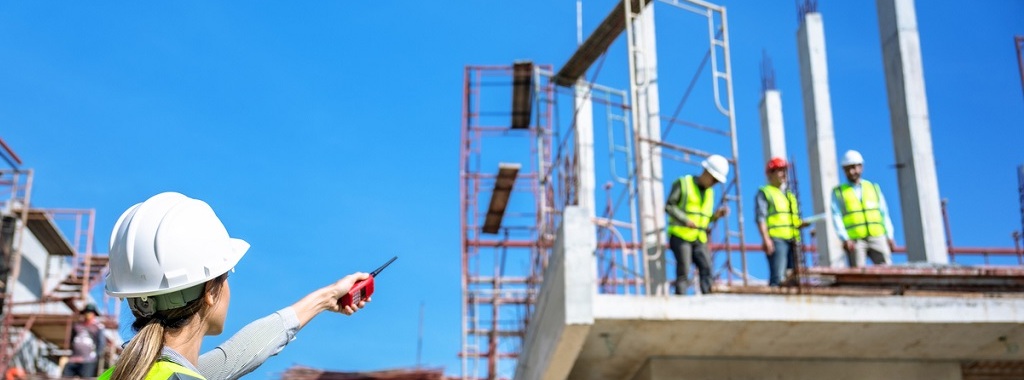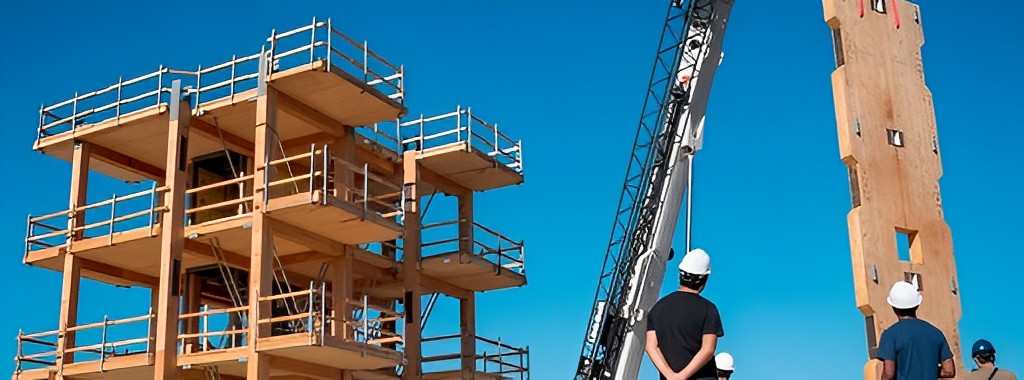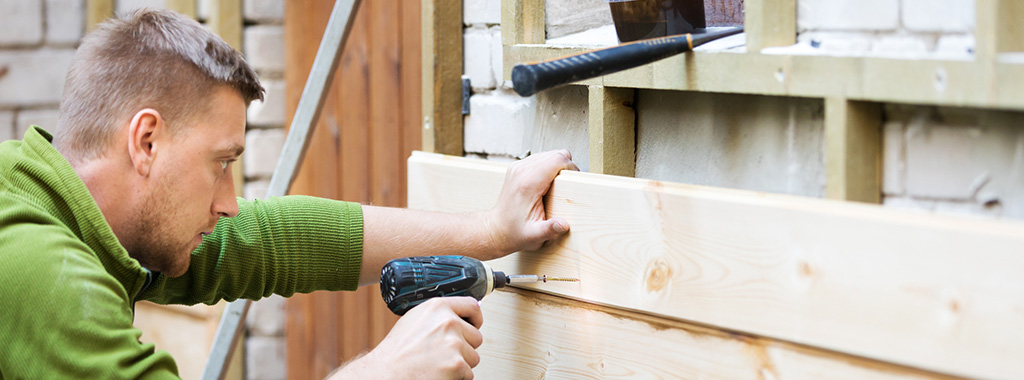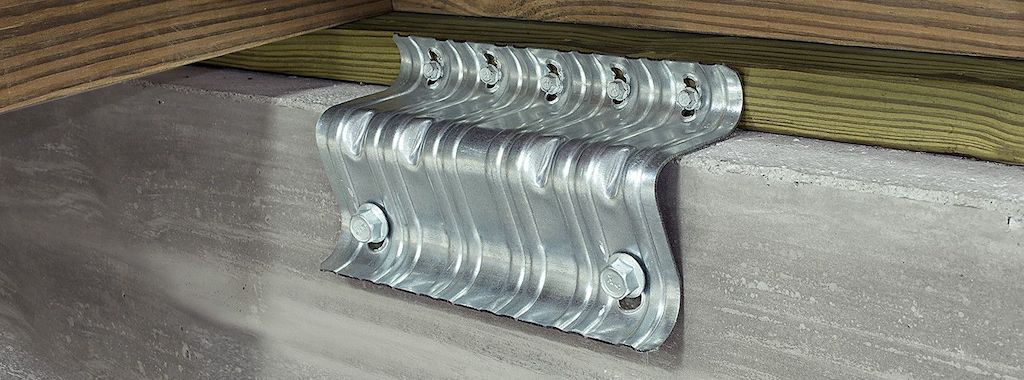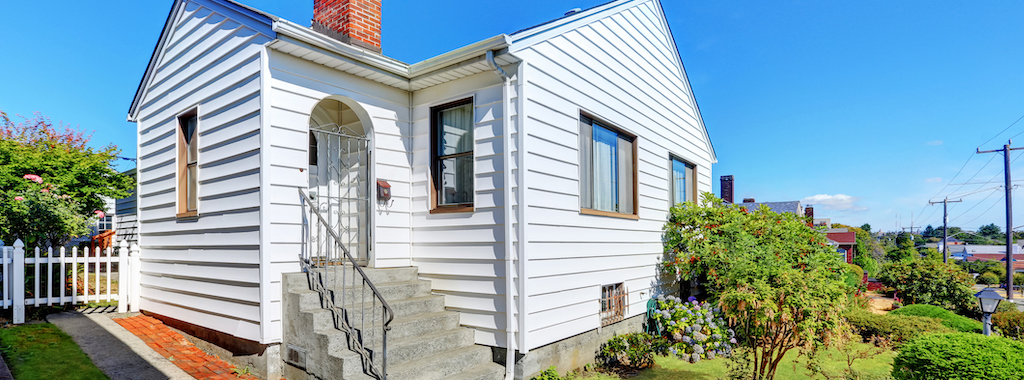Disaster strikes. It’s inevitable, given enough time. Regardless of where you live, there are natural disasters waiting to happen, be they earthquakes, floods, tornadoes or hurricanes. Meteorologists and emergency service providers can often provide advance notice of weather-related disasters like hurricanes, but seismic events, tornadoes and flash floods can often occur with little or no warning.
In the wake of recent catastrophic events such as Superstorm Sandy (233 deaths, $75 billion in damages), the 2011 Joplin tornado (158 deaths, $2.8 billion in damages), and Hurricane Katrina (1,245 deaths, $108 billion in damages), emergency management experts are increasingly evaluating the benefits of sheltering in place as opposed to evacuation. According to the Federal Emergency Management Agency (FEMA), sheltering in place is generally advisable when it may be dangerous to leave your home or place of employment.
Continue reading “Staying Put, Riding Out the Storm and Surviving the Odds by Sheltering in Place”


